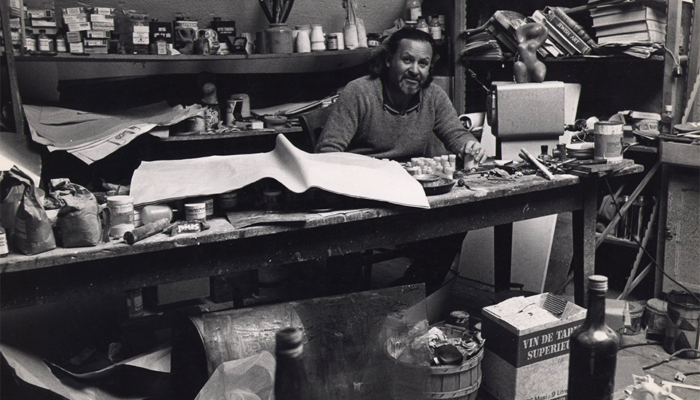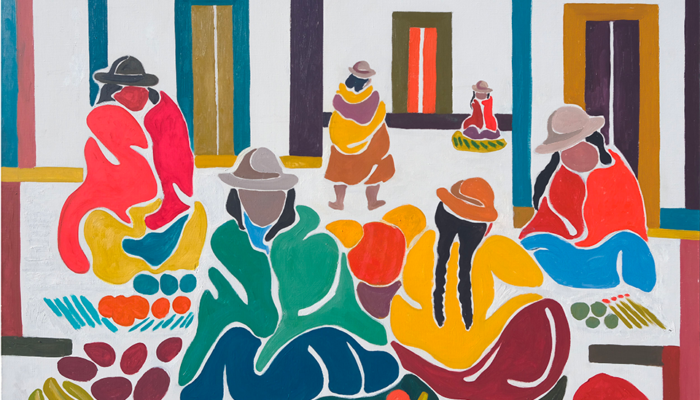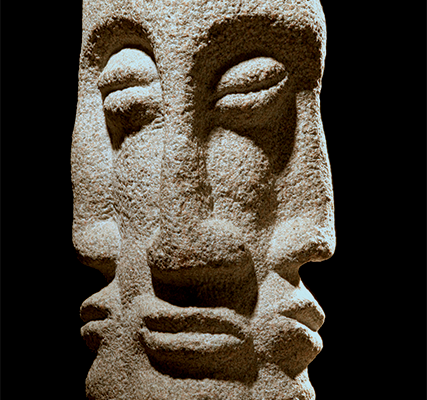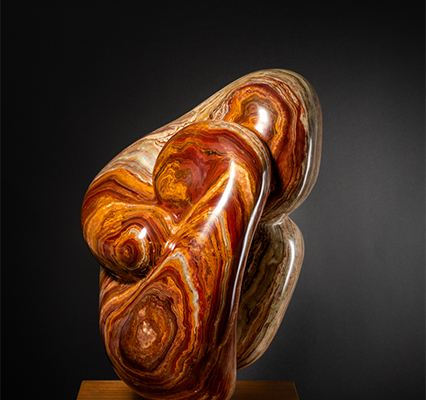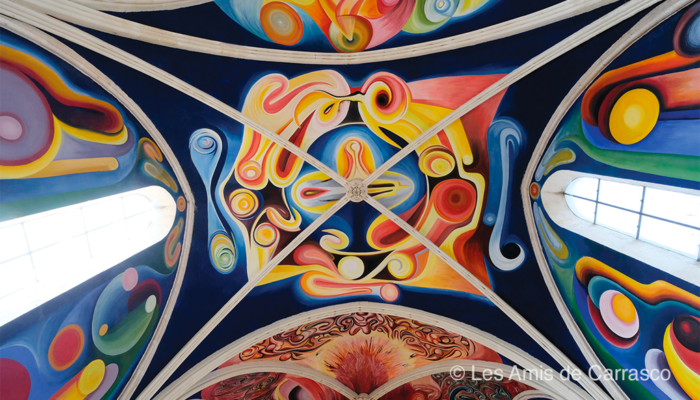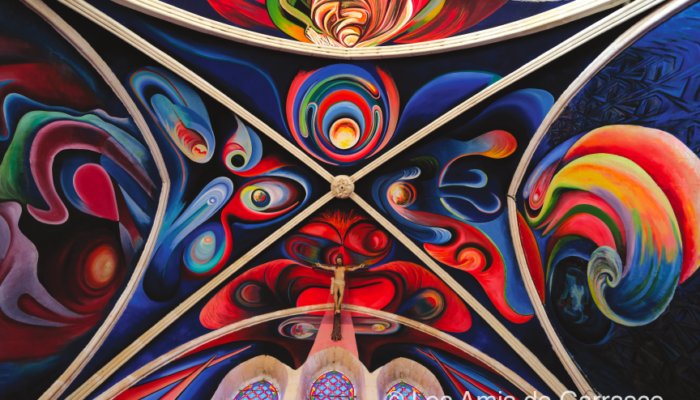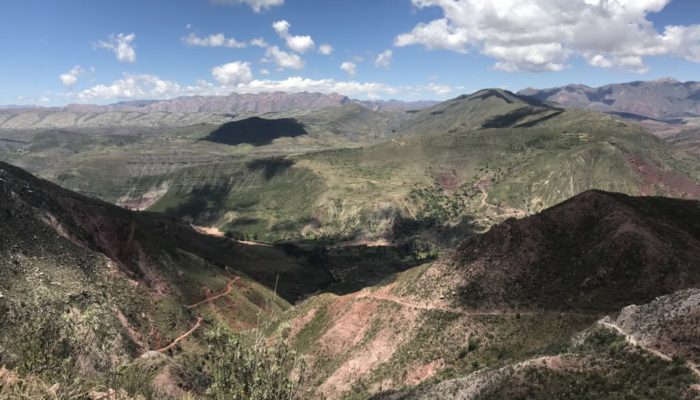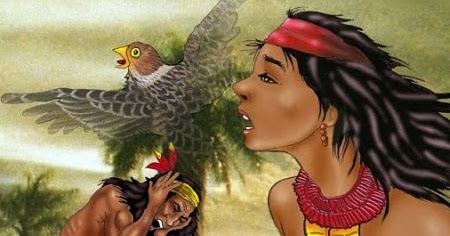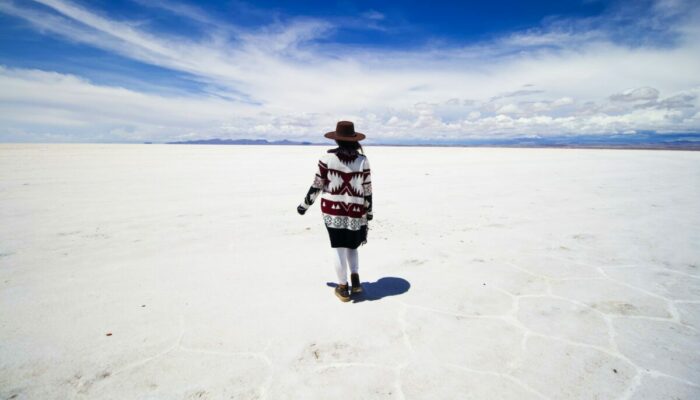Let’s continue our trip to La Paz (see our previous article) by introducing one of the country’s children, Jorge Carrasco.
This Bolivian designer, born in 1919, had close ties with France, where he died in 2006 after many years in the country.
A man who never ceased to convey a message of love, Carrasco gave life to a body of work including paintings, sculptures and frescoes.
As a multi-disciplinary artist, Thaki Voyage invites you to discover or rediscover this colourful character, in the image of his work.
An ode to life, Carrasco’s visual practice powerfully expresses man’s relationship with his native land. Grab hold of his thoughts, while capturing the energy of Bolivia!
Discovering Bolivian rhythms in pictures
Introduced to art in La Paz by his mother, painting has always been a means of expression for Jorge Carrasco, and his early works already show a keen interest in South American history.
Outraged by the violence used against the indigenous people, he began to denounce their mistreatment in his paintings. His desire to paint the evils of Spanish domination led him to depict colonial pain and the loss of a people’s cultural bearings.
Although he had a good knowledge of the culture of his continent and left Bolivia for Peru in 1946, the civilisation of his country remained central to his work. Having travelled extensively in his native land, he wished to show it in his watercolours and paintings, producing colourful compositions far removed from the pictorial despair of the first part of his life.
In particular, these works depict the cholitas, the symbol of Bolivia’s ethnic diversity, allowing her to express life, love and, above all, respect.
By choosing to paint these women, who are all too often forgotten, he illustrates the Bolivian people and the authenticity of their land. This is why he wanted to popularise art so that it could be seen by everyone. In La Paz, the city where he taught as a professor at the Academy of Fine Arts, he devoted an exhibition of murals for peasants and Indians.
Towards a quest for sensuality, the sculptures of Jorge Carrasco
Curious about everything, the artist also turns to volume, and his sculptures are also marked by his encounter with the Indians.
This connection with them led him, as a child, to make traditional clay figurines, considered to be his first large-scale works.
Subsequently, his observations of his men led him to spend a year in the depths of the Wolfram mines, where many of them worked. In addition, the construction of La Paz cathedral and the city in granite stone by these same people confirmed both the social injustice done to these people and Carrasco’s fascination with sculpture.
He learnt to carve stone, a material derived from the earth, and realised the cosmic dimension that each stone carries within it. For him, stone represented the body, which is why he was interested in the curves and sensual perception of materials, to which he attached great importance.
Each stone has a unique tactile sensation, so the artist chooses them from all over the world, including marble from Verona or Portugal, onyx from Argentina, black granite from Sweden, ivory from Rhodes, and serpentine.
However, apart from the multiple identities of his materials, his preoccupations remain close to those of Amerindian cultures, which perceive stone as a living material, a product of the Earth and the Universe.
Like human beings, stone is part of life; it speaks and reveals an erotic and sensual energy.
The artist’s relationship with stone is one of tenderness, and he encourages visitors to caress it, creating an unprecedented closeness between the work and the public. He wants the viewer to go beyond looking at it, touching the material to bring it to life.
Once again, Jorge Carrasco is demonstrating his love for mankind and his devotion to the cosmos and the Universe, with links to Bolivian culture. He will be producing more than a hundred sculptures, in stone or recycled objects.
The roots of the Menoux church, between cosmogony and religion
In 1954, the artist set off to discover Europe, where he took part in the Venice Biennale as a representative of Bolivia.
His stay in Europe enabled him to exhibit alongside Picasso and Matisse and to settle on the continent in 1967. A year later, he chose France, and more specifically the village of Le Menoux, as his creative home.
It is here that you can admire what is surely considered to be his most colossal work, in the heart of the church in Le Menoux (Indre), which houses a set of frescoes that are more than fascinating.
But how can we understand this composition? This work is a formidable encounter between the Catholic religion and Amerindian beliefs, through which Carrasco reminds us of what has been lost in the West: man’s belonging to the Pachamama.
To belong to the Pachamama is to be part of the Universe. The painter is interested in Inca cosmogony and the formation of the Universe, but also in religions, because according to him, God is love and life.
This voluntary masterpiece is therefore a tribute to the sacredness of creation, to the birth of the elements of the Universe: the sun, the planets and the stars, but also to the creation of Man, and specifically to the feminine who engenders life.
Between 1968 and 1976, 8 years of work were needed to give meaning to these 450 m of frescoes, between shimmering colours and rounded shapes that express the joy of being on this Earth.
Come and experience this timeless moment, and feel the cosmic lines flowing through you.
“Art is everything. Without art, there would be no life”, said Jorge Carrasco, a tireless traveller who takes us on a tour of Bolivia through his unusual works.
The philosophy of this citizen of the world, full of positivism, opens you up to life and invites you to connect with this country, a source of sincerity. So there’s more to come from Bolivia than meets the eye!
Thanks to the association “Les Amis de Carrasco” for the photos
Mathilde Leroux

